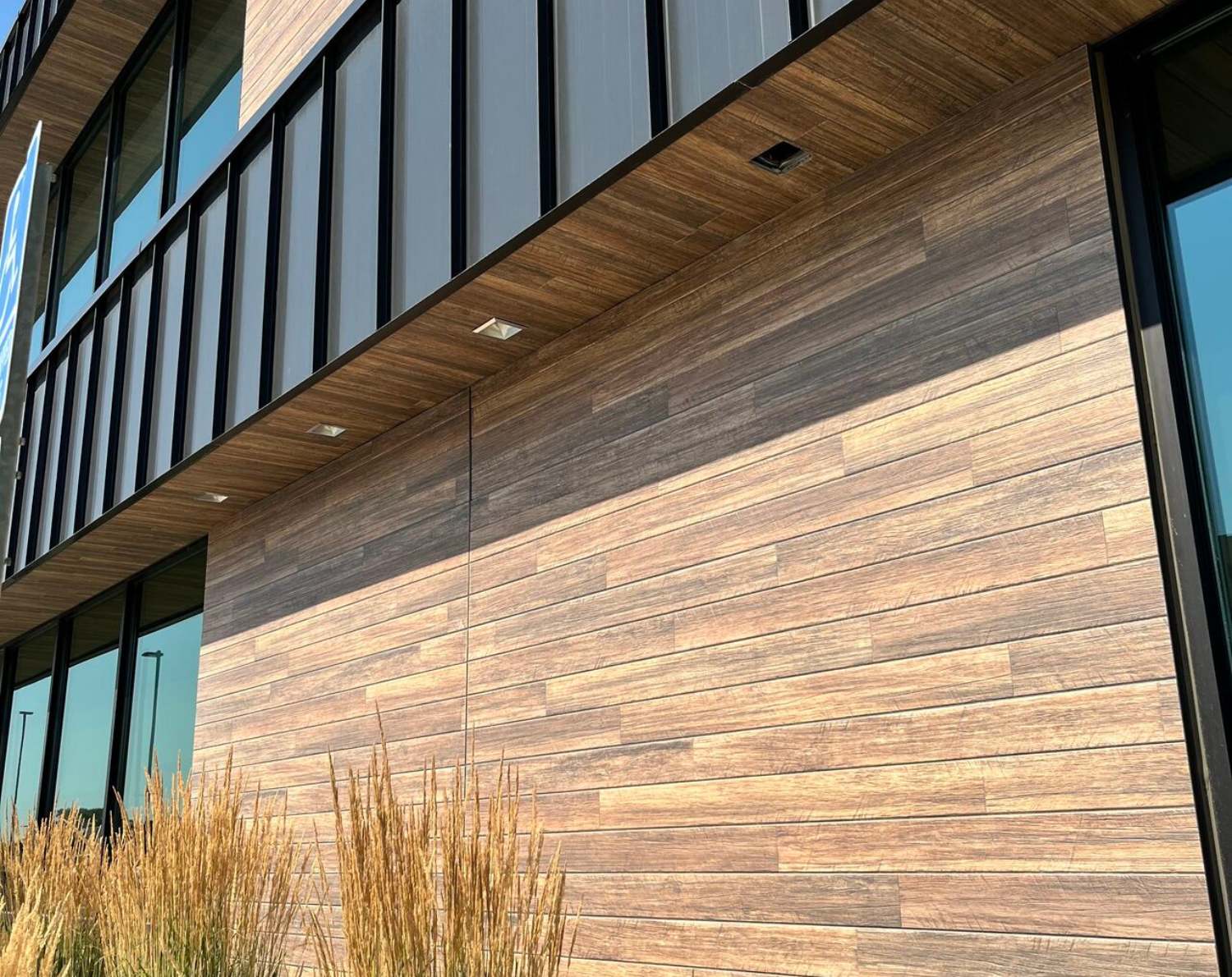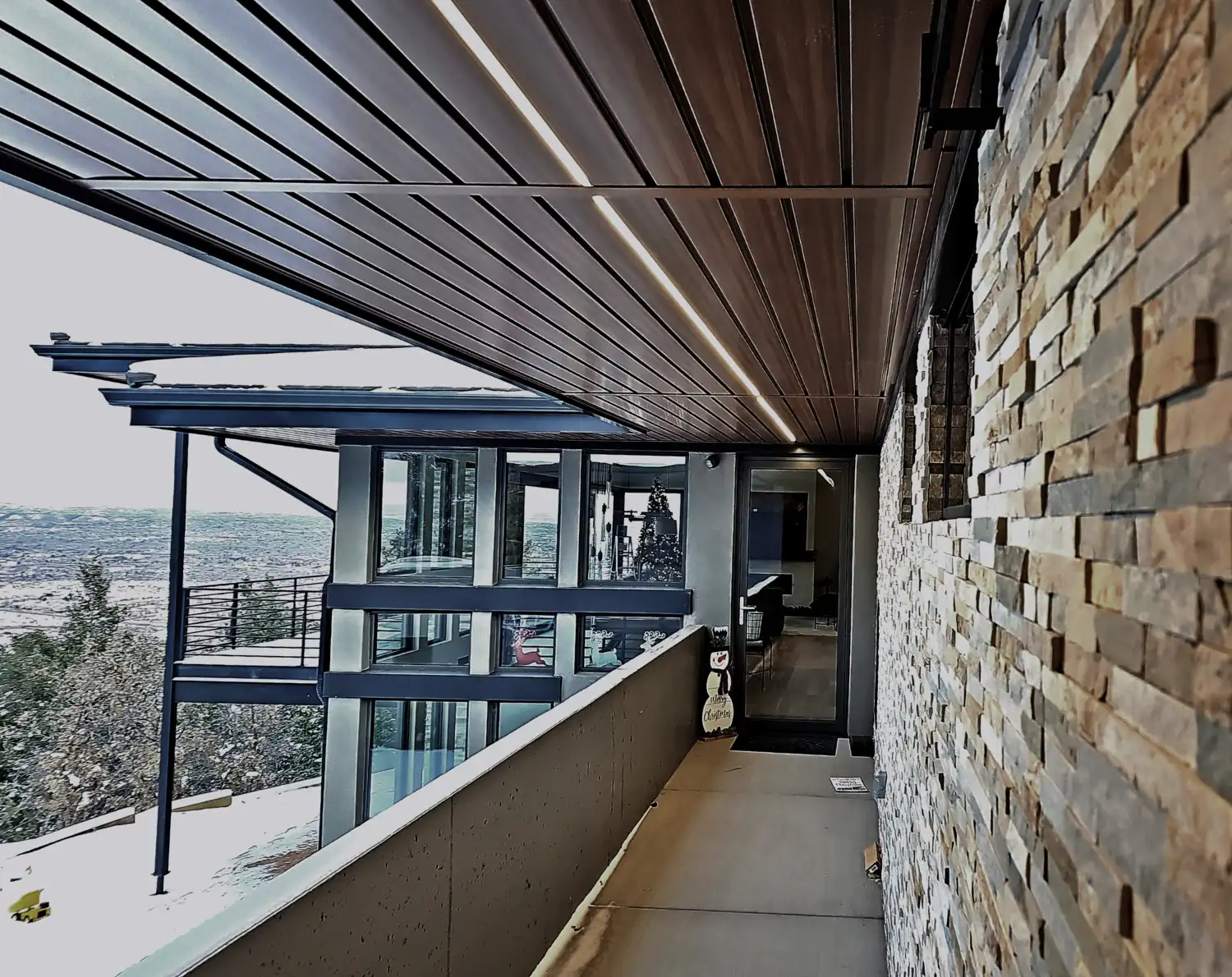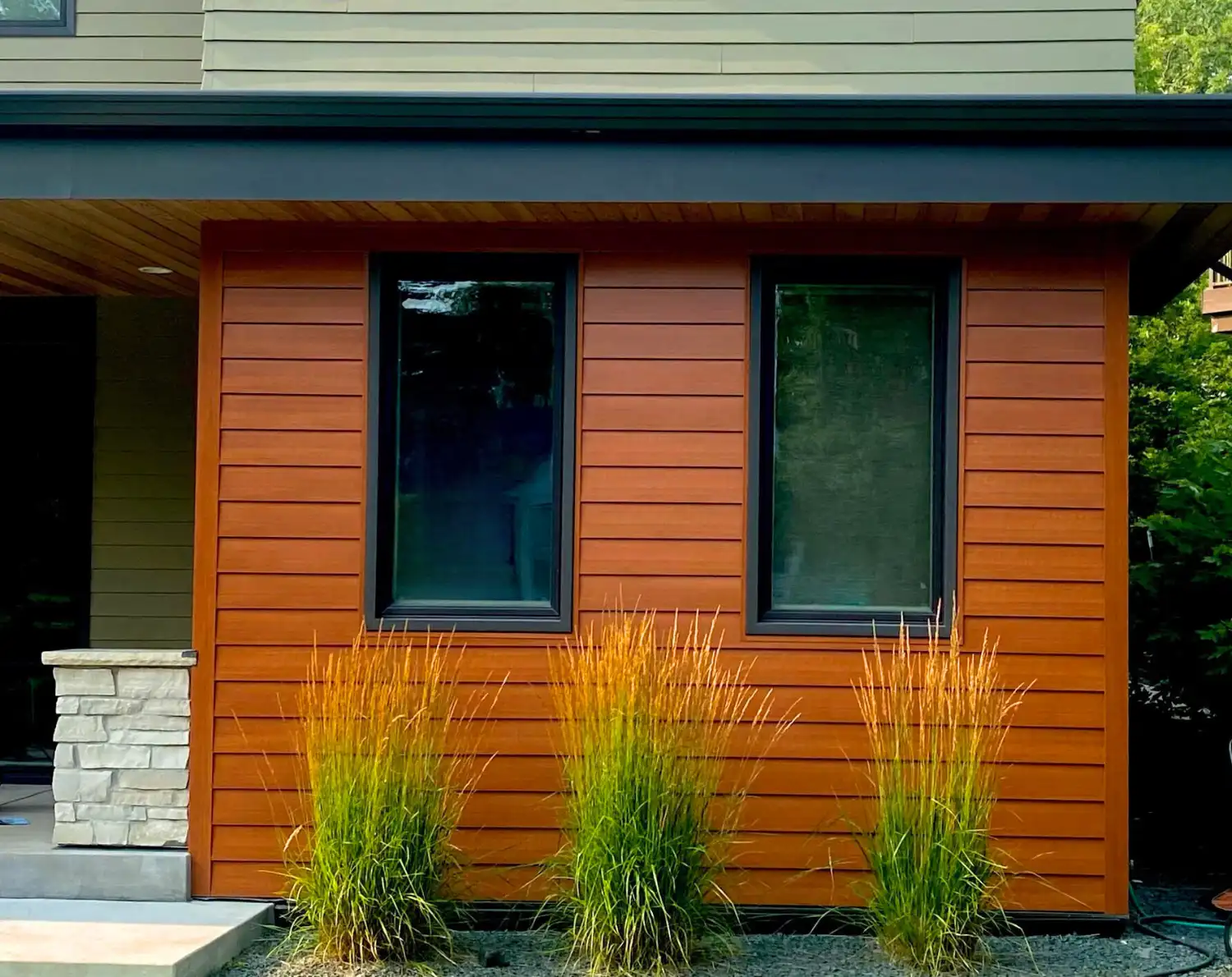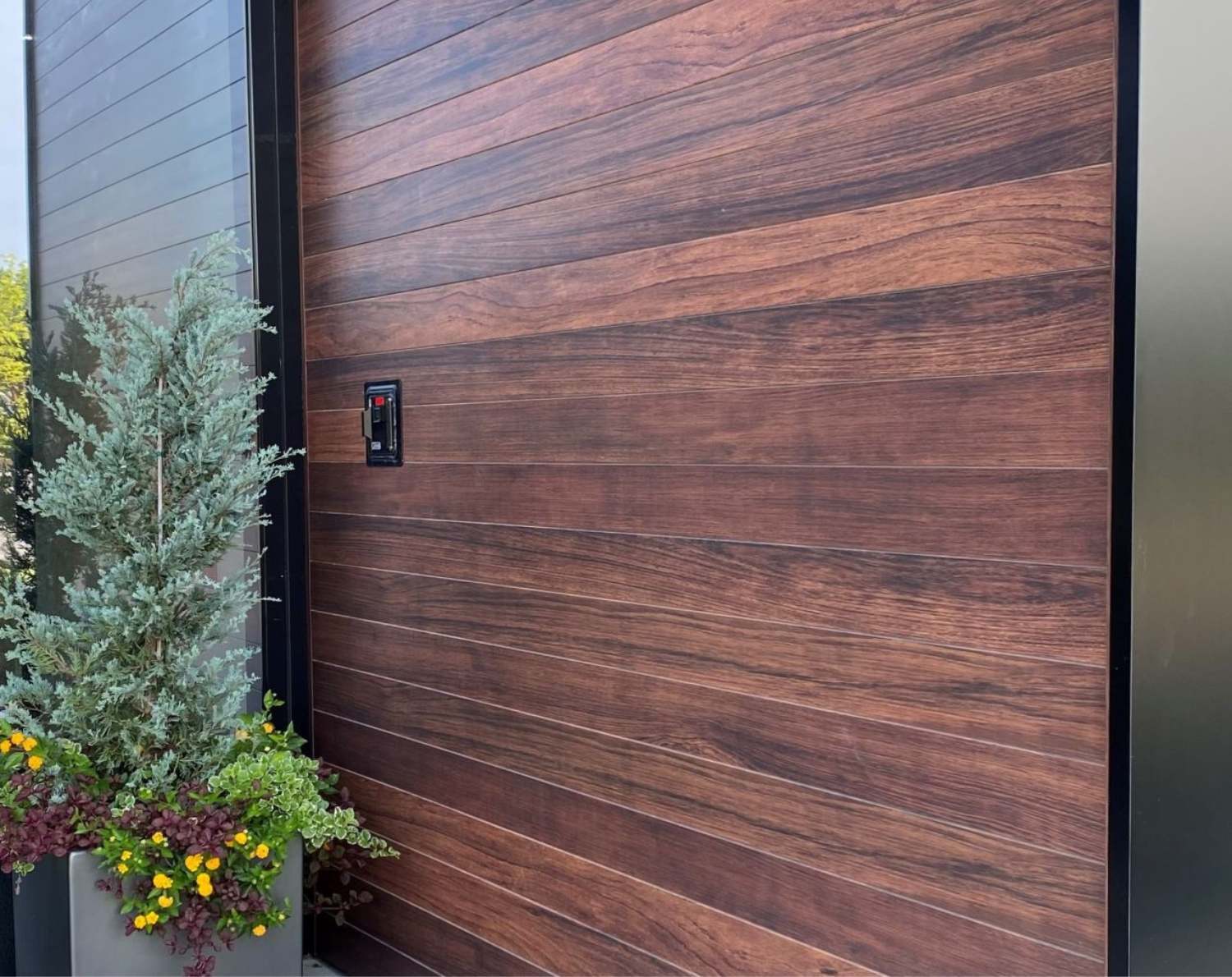Specifying Noncombustible Siding to Meet Evolving Wildfire Codes
Wildfires continue to increase in intensity and frequency across the U.S., particularly in wildfire-prone areas such as California, Colorado, Arizona, and the Pacific Northwest. 46 million homes built in urban interface environments are at increased risk of wildfire exposure to embers, radiant heat, and direct flame driven by winds. Architects are increasingly tasked with designing homes and buildings that can withstand the threat of wildfires.
Many jurisdictions require noncombustible or ignition-resistant materials for siding, roofing, soffits, vents, and decks. Choosing the right materials can dramatically improve building survivability in a wildfire event.
Noncombustible Siding Options for Wildfire Zones
Established testing agencies recognize the need for evolving testing methods. Numerous industry test methods, including Class 1 (A) Flame Spread or Smoke Development, as specified in ASTM E84, ASTM E136, or ULC S-135, define noncombustible materials. The most effective siding materials architects are specifying in fire-prone areas include:
Fiber Cement Panels
- Fire-rated and durable, fiber cement is a leading choice for its Class A fire rating and aesthetic versatility.
Metal Siding (Steel or Aluminum)
- Steel Planks, Board and Batten, and Shiplap cladding styles offer a sleek, modern look and are inherently noncombustible. Enhanced surface treatments are colorfast and require no maintenance. Steel and Aluminum perform well in high-heat environments and pair effectively with fire-rated insulation systems.
Concrete-Based Panels
- Precast or cast-in-place concrete panels deliver exceptional fire resistance, thermal performance, and low maintenance. Lightweight composite options are also emerging for rainscreen applications.
Stone Composite Panels
- Engineered panels with a crushed stone or mineral core provide Class A fire resistance while offering contemporary design flexibility.
Integrating Aesthetics with Wildfire Resilience
Wildfire-resistant design doesn’t have to compromise on aesthetics. Many noncombustible materials come in customizable textures, colors, and formats to meet a broad range of design goals. Fiber cement, for instance, can emulate wood grain or stone. Steel siding offers a range of options from woodgrain to matte black to metal-inspired patinas. Architects and specifiers can use vertical cladding, rainscreens, or mixed-material façades to meet both performance and visual expectations, while ensuring fire-resistant design.




